Throughout history, cats have fascinated humans, featuring prominently in literary works. These creatures, celebrated for their grace and enigma, have inspired countless poets and writers. This bond between cats and creative minds highlights a unique blend of admiration, mystique, and companionship that has sparked artistic expression across cultures and centuries.
Cats as Divine Muses
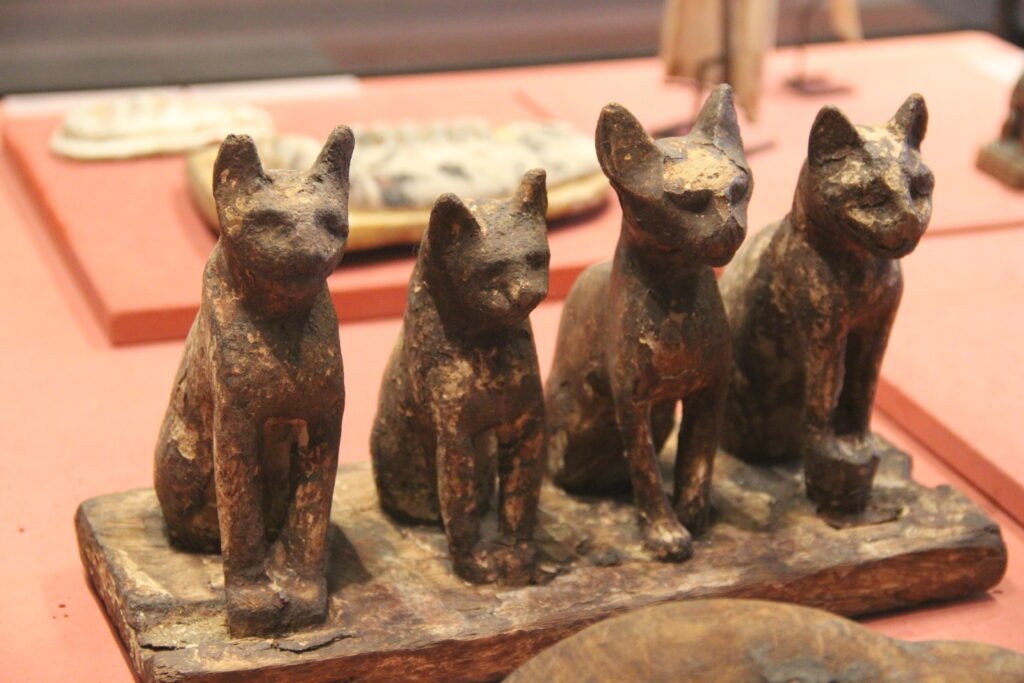
The veneration of cats can be traced back to ancient Egypt where they were considered sacred and revered as divine beings. The Egyptians associated cats with the goddess Bastet, symbolizing home, fertility, and protection. This sacred status undoubtedly sparked early literary depictions, though documentation from that era remains sparse. The respect and awe they commanded might have laid the foundation for their later influence in literature.
Cats in Classical Literature

Moving into the classical period, cats found a place in mythological tales and works of early literature. Although not as prominently featured as in later periods, their inclusion in myths, fables, and stories hints at an enduring fascination. The symbolic nature of cats, often standing in as representations of mystery and femininity, provided poets and writers with a rich subject to explore.
Cats and Superstition

During the Middle Ages, the perception of cats underwent a dramatic shift. While still present in literature, they were often cast in a negative light, associated with witchcraft and superstition. The fear, reverence, and intrigue surrounding cats in this era gave rise to a darker representation in poems and stories, illustrating the complex relationship humans had with these animals.
Cats as Companions
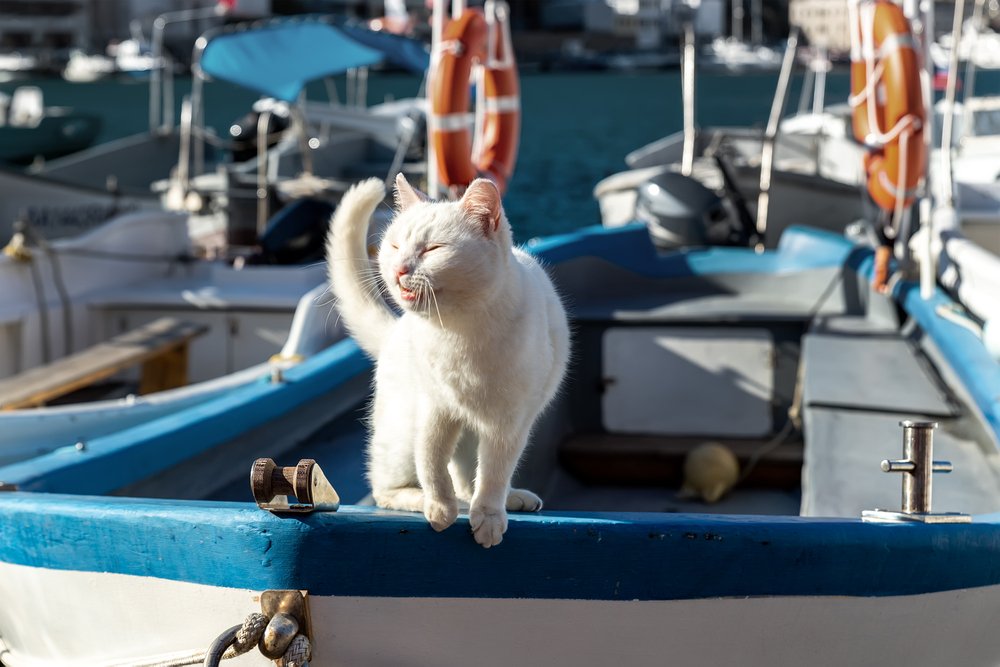
By the Romantic period, cats had established themselves as beloved companions, and their portrayal in literature softened. Romanticism celebrated nature and emotion, and poets found inspiration in the everyday feline’s independence and grace. Writers such as Charles Baudelaire elevated cats, capturing their mystique and reflecting on their capacity for companionship in emotional expression.
Cats in Victorian Literature

The Victorian era was a golden age for cats in literature. Authors such as Edgar Allan Poe and Charles Dickens included cats in their works, reflecting societal endeerement. Poe, for instance, wove the atmospheric presence of cats into the eerie tapestry of his gothic tales. This period cemented cats as fixtures in the literary world, characters in their right, embodying both the macabre and the endearing.
Cats as Symbols of Independence
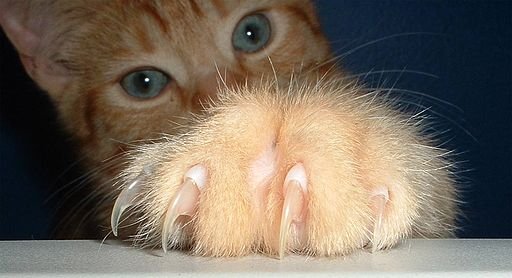
Cats continue to symbolize independence and mystery, qualities that resonate deeply with writers who share an affinity for solitude and introspection. This symbolism allowed poets and authors to explore themes of individuality and self-discovery through feline imagery. Their independent nature, celebrated in works by authors like T.S. Eliot in “Old Possum’s Book of Practical Cats,” captivated readers and writers alike.
Cats and Character Development

In modern literature, cats are often used to develop characters, providing insights into their personalities and emotions. Their interactions with human characters can highlight personal growth, struggles, and relationships. Authors such as Haruki Murakami have harnessed the enigmatic nature of cats, using them to weave intricate and surreal narratives that explore the human condition.
A Celebration of Elegance and Mystery
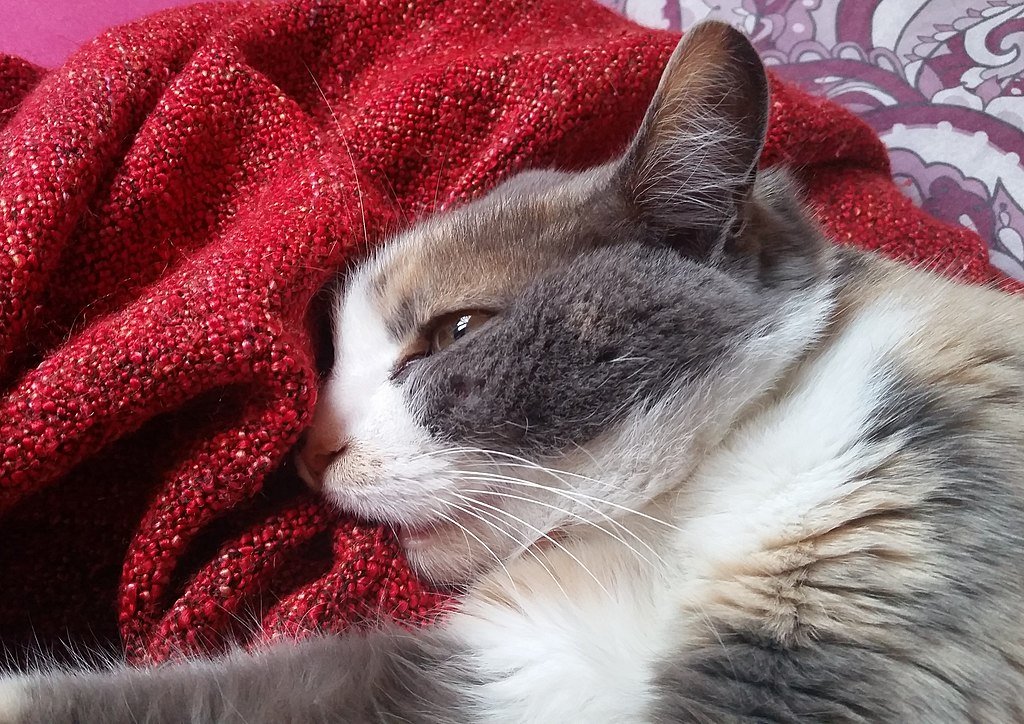
The elegance and mystery of cats have often been immortalized by poets. From e.e. cummings to Sylvia Plath, poets have captured the feline allure in verse, reflecting on their movement, mystery, and presence. The poetic celebration of cats underscores their timeless appeal and the depth of inspiration they provide creatives across generations.
Cats in Children’s Literature
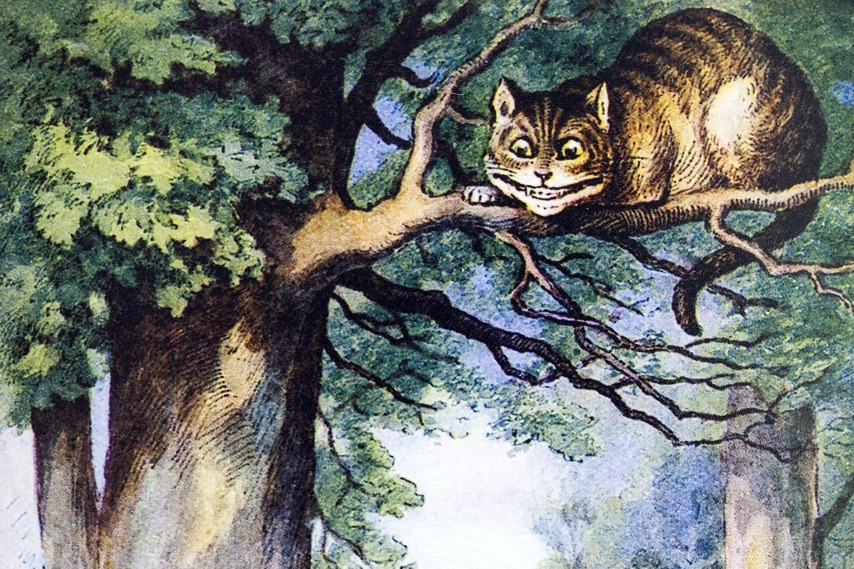
Cats have charmed their way into children’s literature, becoming beloved characters in stories like Lewis Carroll’s “Alice’s Adventures in Wonderland” and Dr. Seuss’s “The Cat in the Hat.” These tales not only entertain but also teach valuable life lessons, demonstrating the adaptability of feline characters to various literary styles and audiences.
The Enduring Legacy of Cats in Literature

The presence of cats in literature is both timeless and universal. Their ability to inspire transcends cultural and chronological boundaries, cementing their place in the literary canon. The influence of cats on poets and writers is a testament to their enduring appeal and the creative spark their presence ignites in the human mind. As symbols of mystery, independence, and grace, cats continue to inspire and captivate writers and readers alike, ensuring their legacy in literature endures.

Growing up traveling and experiencing new cultures and wonders, I have had a passion for nature, adventuring, photography, and videography. I am currently working towards a BSc in Biodiversity and Ecology at Stellenbosch University, and I hope to specialise in Marine Sciences one day.
Please send any feedback to Feedback@animalsaroundtheglobe.com






